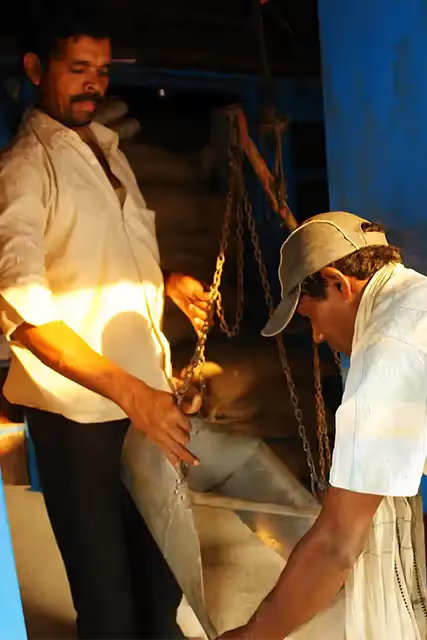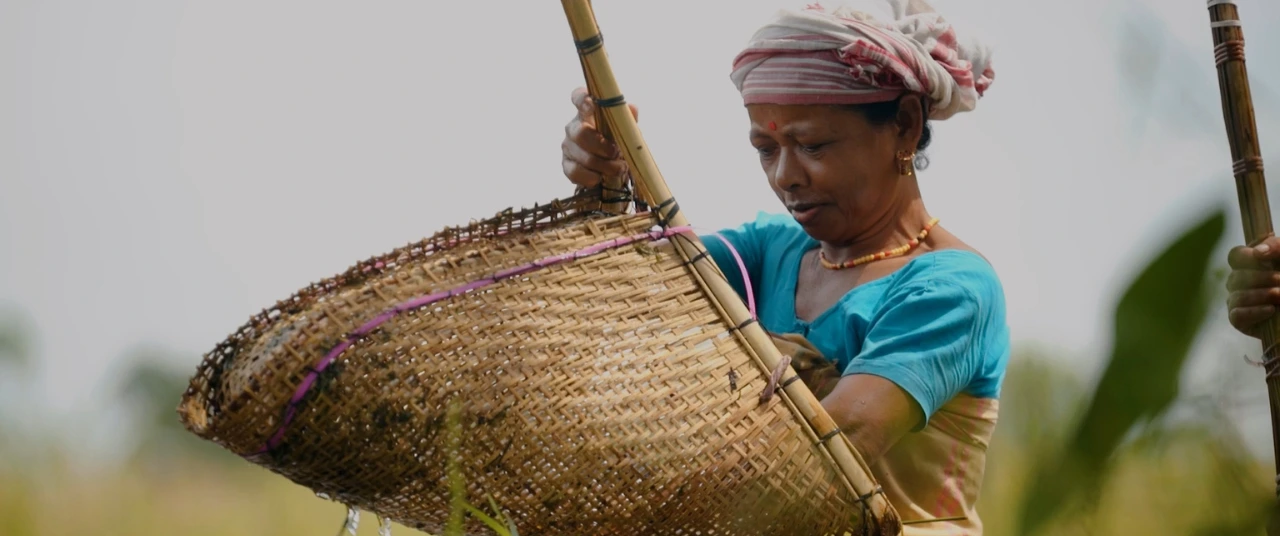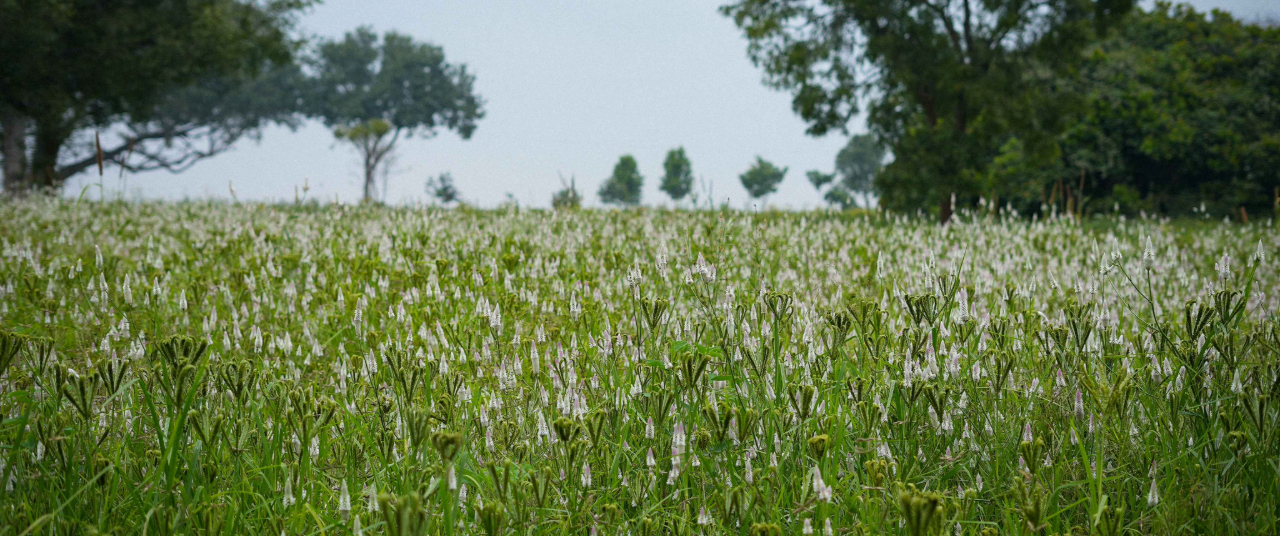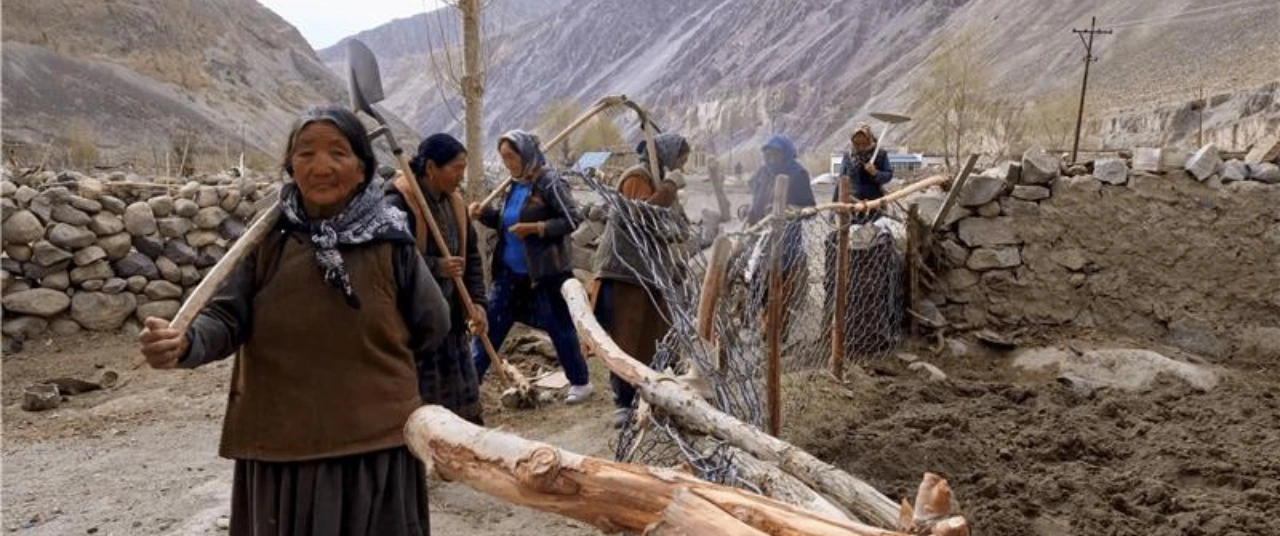Exposing corruption and demanding wages for society's most vulnerable






In India, central and state governments have introduced countless schemes to reduce hunger and malnutrition. On the one hand, we have the vast network of the Public Distribution System and on the other–on the food production side–there exist various schemes which help small farmer communities with soil and water conservation, minor irrigation and related works.
Unfortunately, corruption—systemic and across various levels—often takes away a significant share of the benefits that people can get from these schemes. To counter and minimise the possibilities of this corruption, several social movements and organisations have emerged. These efforts received significant support when the Right to Information (RTI) legislation was enacted in India in 2005 at the national level. But even before this legislation, a few states had introduced their own RTI laws–like Rajasthan, which passed the Rajasthan Right to Information act in 2000. Though the RTI has been widely recognised as a crucial democratic right, its contributions to (and potential for) reducing hunger are not realised as widely.

This has much to do with the early beginnings of the RTI movement in India and its connection to grassroot struggles. This story starts where the RTI movement took birth: Rajasthan. The Mazdoor Kisan Shakti Sangathan (MKSS) had been working for the realisation of the legal wage rights of workers in drought-affected areas of the state. Whether a worker’s family would be able to eat food the next day depended on the breadwinner being paid their proper wages in time. It was in the course of these battles that the RTI’s power became evident.
More specifically, the MKSS workers and other activists understood that for such problems, it is vital to obtain official records on certain data, such as the number of workers employed at relief works, wages paid and works completed. With this information, it then becomes possible to make on-site inquiries in villages and compare this reality with the official records, to find out the pattern and extent of corruption and misappropriation of funds.
Also read: Hunger traps migrant workers in cycle of exploitation
Jan sunwais
Even before the RTI law had been passed in Rajasthan, MKSS activists had started informally obtaining essential information from the authorities on the basis of how ethically driven their efforts were. They employed the same approach of comparing official records to the starkly different on-ground reality, which prompted village communities to start organising public hearings (jan sunwais), with the help of the MKSS and related organisations.
At these jan sunwais, all the newly learnt facts and disparities were placed before the people of the village as well as eminent panelists. Those accused of corruption were also invited and given an opportunity to present their points of view. So effective were these community-level interventions that in places like Surajpura in Ajmer district, the accused agreed, right during the hearing, to return the pilfered resources–that could be used again for development tasks.
%20copy.avif)
In the Kot Kirana village of Rajasthan’s Pali district, the public hearing revealed official records showing that villagers involved in the construction of minor irrigation works had received their wages–but in reality, they never did. Additionally, it was discovered that the construction itself was so poor that it was washed away in the subsequent bout of rains. The next public hearing at Rajsamand district’s Bhim Tehsil revealed that a huge payment worth Rs 30 lakh had been made to a fraudulent company–a non-entity that was merely a bank account made in the name of an official’s wife.
In Alwar, a public hearing revealed that unfair means had been used to grab fertile land –which was producing food crops–to set up a polluting unit for producing liquor. In the Janawad panchayat of Rajsamand district, a public hearing revealed corruption of Rs 45 lakh in the previous five to six years. The government then found itself pressured to order an official inquiry in the panchayat. Soon, it was discovered that from a total allocation of Rs 123 lakhs during a six year period, Rs 67 lakhs–over 50% of the allocation–had been lost to corruption and misappropriation. What’s more, as many as 49 development works out of the 141 that were examined by the official inquiry simply did not exist.
Also read: On the deadly cost of farmer debts
Ripple effects
Over the course of time, the public became aware about how funds reserved specifically for certain purposes, such as paying wages to workers, providing irrigation, water conservation and drinking water works, were simply not reaching the beneficiaries. These revelations, underscored by fact and detail, caught the eye of the media, resulting in greater pressure on the authorities to reduce corruption. At the same time, the movement pushing for a national-level legislation on RTI also gathered momentum.
Once the act was passed in 2005, several other organisations —now strengthened by a new law—also took up similar work.In Delhi, the Satark Nagrik Sangathan (SNS) had been working with the city’s slum settlements since 2003, and within two years, they were able to use the RTI effectively to improve the Public Distribution System in several of these areas inhabited by the capital’s marginalised population.
%20copy.avif)
SNS first obtained information related to stock sales registers maintained by ration shops; by then studying and comparing these documents, they exposed the extent of diversion of food grain to the black market. In time, black-marketing reduced and the residents of these settlements started receiving ration more regularly.
Several single women, elderly persons and disabled people also faced difficulties in receiving their rations regularly. RTI activists’ fights also proved helpful for them.
Also read: This farmer collective is fighting for a fairer organic future
Potential unrealised
Strong, impactful movements like these could have been imagined and executed at the national level, but this progress has been hindered by problems related to the very implementation of the RTI law–which has steadily grown weaker with time, in several parts of the country.
This is partly due to a few legislative changes, and partly because the many vacancies existing in Information Commissions have not been filled. In many instances, applicants do not get proper information when filing an RTI, and when they appeal against this as per the provisions of the law, their appeals are often massively delayed, because there are a large number of appeals already pending in the Information Commission–due to the unavailability of information commissioners and the other important staff.
This is extremely unfortunate, as effective use of RTI can help make significant improvement in important schemes, including various works taken up under National Rural Employment Guarantee Law (NREGA); this is apart from improving the implementation of various food and nutrition schemes. All of these efforts, in turn, contribute to reducing hunger and malnutrition in the country.
While improving the implementation of RTI law is a wide democratic issue, the law’s specific, important contribution to reducing hunger and malnutrition should also be highlighted. This powerful purpose only strengthens the case for better, more effective implementation of RTI.
{{quiz}}
Explore other topics
References




.avif)

.avif)




